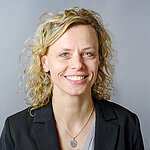Simulation workflow simplifies rotor blade certification for Nordex
Automation provides a tailwind
At Nordex, everything revolves around efficiency. When it comes to quality and sustainability, low electricity generation costs, high efficiency, and long operating times are crucial to the success of wind turbines. The rotor blades, which Nordex optimizes using Ansys simulation tools, play an important role in this process.
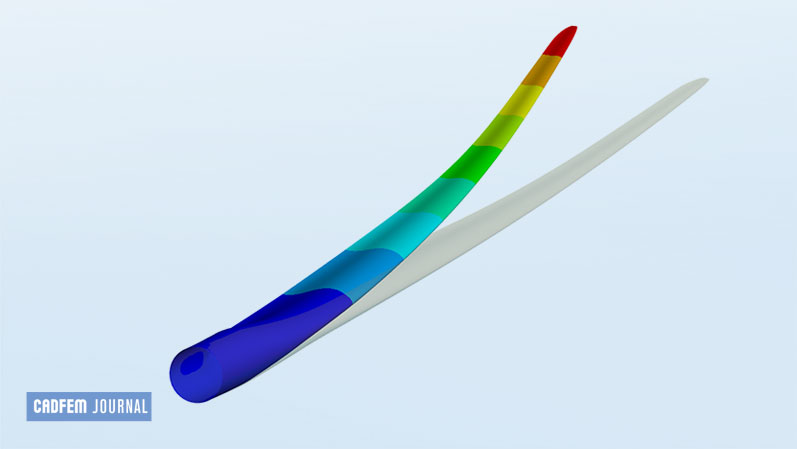
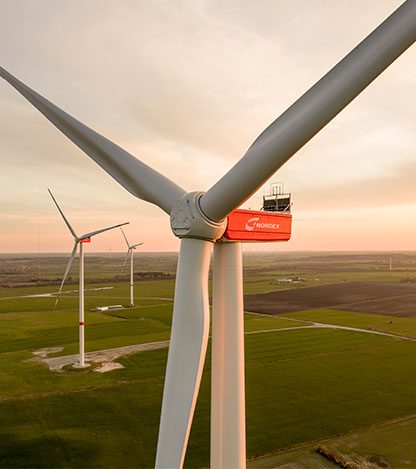
Nordex has been using Ansys for more than 15 years to simulate the development and certification of rotor blades. The analysis is expanded to include detailed structural calculations based on the finite element method (FEM). In order to obtain the required certifications, the rotor blades - like all other components of a wind turbine - must be verifiably designed according to specific static and operating loads.
Various Ansys modules are used at Nordex for the structural design of the rotor blades. In addition to Ansys Composite PrepPost (ACP) and Ansys Material Designer, Ansys Mechanical is used; among other things for static and transient mechanics and modal and buckling analyses. Since Nordex also has very specific requirements outside the standard scope of the software, users create the necessary functionalities using the Ansys Application Customization Toolkit (ACT).

About Nordex
For over 35 years, the Nordex Group has specialized in the development, manufacture, and maintenance of onshore wind turbines. Founded in Denmark, the company now employs more than 9,000 people worldwide and generated sales of over 5.4 billion euros in 2021. At the same time, a new capacity of around 6.7 MW has been installed.
As one of the world’s largest manufacturers of wind turbines, not only does the Nordex Group take ecological aspects such as material selection and recyclability into account in the design phase of the turbines, but also in construction, installation, service, usage, and recycling.
Automate static verifications
In addition to supplementing individual functions, ACT is also used to automate simulation workflows. This can increase efficiency when dealing with similar, frequently repeated design questions, especially those that are complex, time-consuming, and error-prone. Nordex managers have identified great potential for an automation solution in the static verification of rotor blades.
The goal of the individual Ansys expansion at Nordex was not only to increase efficiency, but also to improve user-friendliness and increase the transparency of the calculations. By making the results even easier to understand, additional optimization potential can be derived from them.
The planning, concept, and implementation of the automated simulation of rotor blades using ACT were carried out in cooperation with CADFEM, a long-standing partner of Nordex in all matters relating to Ansys and simulation. CADFEM also has an experienced team for the automation of workflows in Ansys, which develops customized solutions in close cooperation with customers.

Joint project team delivers desired solution
CADFEM specialists for simulation automation and Nordex experts for rotor blade development were able to realize the desired solution within six months.
Key factors for the timely and accurate implementation were:
- the detailed requirements specified by the customer
- the periodic and open coordination on project progress and partial results
- the parallel analysis of the methods used by Nordex in order to optimize them, if necessary, during the course of the project, for example on the subject of “follower loads and large deformations”.
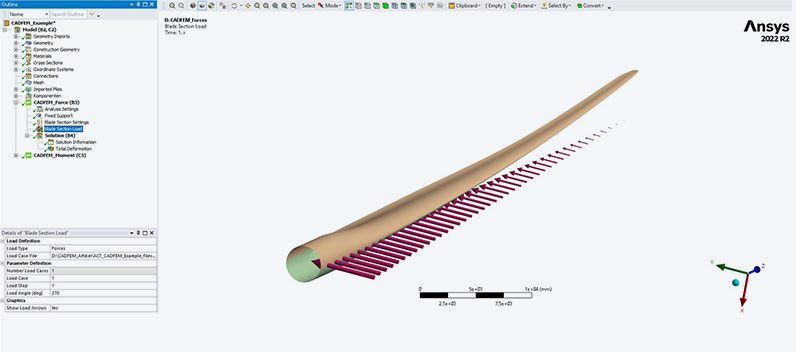
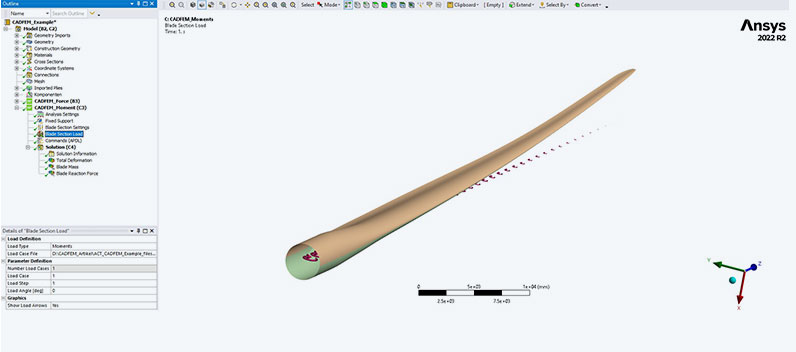
10% time saving with each step and other benefits of automation
DUsing the example of the precise application of loads on sections along the longitudinal axis of the rotor blade, the benefits of automation can be clearly demonstrated. This saves 10% of the usual time (per step), because the task is repeated due to load updates. This is a process step that is very important for the precise calculation of rotor blades. Previously, it was carried out more or less manually, making it not only challenging but also very time-consuming.
the new solution, the points for load application are now applied automatically. The ACT extension uses the rotor blade sections to determine the masses and moments in tabular form in consultation with the user. They are then displayed in the form of diagrams. To achieve this, the Ansys Mechanical user interface has been extended so that both the load application and the verification of the resulting total moment are clearly and reliably integrated in the Ansys structure tree. An additional goal of the project was to reduce the number of software tools used internally at Nordex. This was also achieved through automation.
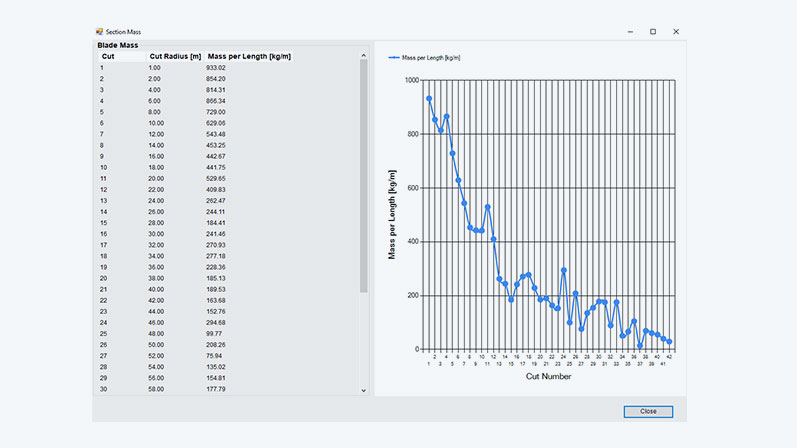
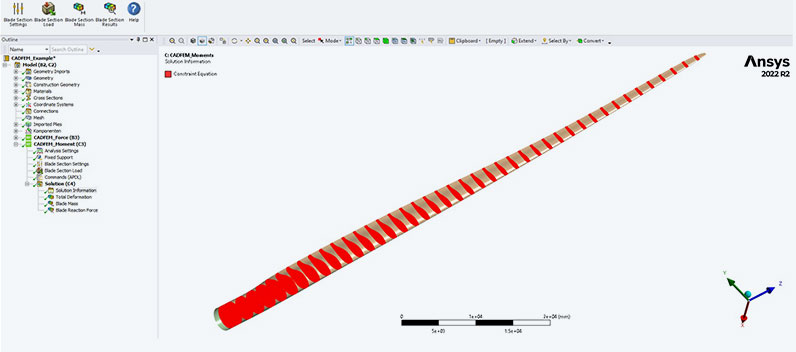
Last but not least, as a result of the method analyses mentioned in the project, further useful features were added to the existing automation workflow. One example is the line mass and reaction moments or forces, which are included in the analysis of target/actual deviations.
“We are convinced that an increase in user-friendliness when applying loads to the simulation model will lead to a reduction in potential errors. Additionally, by displaying the load vectors, you can subsequently visually check which load direction and which external loads were used to simulate each load case. This increases transparency, as the accuracy of the results can be confirmed more easily,” says Andreas Nickel, Senior Engineer for Rotor Blade Design at Nordex, summarizing the advantages of the automation solution.
And it continues. There are still plans to make a few adjustments to the existing workflows and make minor enhancements to the ACT solution. Further task areas that are suitable for automation have also already been considered. These projects will be managed internally using the know-how transfer that took place during the completed project - and the confidence that, if necessary, Nordex can continue to rely on the expert support of CADFEM
Alexander Zarochentsev, Expert Engineer for Rotor Blade Design at NordexWe are very satisfied with the results of the the project team. Our expectations of CADFEM were absolutely fulfilled, as demonstrated by the constant use of the automation solution by our computational engineers.
Nordex, Ansys and CADFEM
Nordex has been using Ansys simulation tools in the development of its wind turbines since 2008. Since then, the CADFEM team in Hanover has also been supporting engineers at Nordex. The collaboration ranges from consulting on software and hardware solutions to the qualification of users and hotline support in day-to-day business to the handling of projects such as the joint development of the automation solution described here.

Nordex Group
Author: Alexander Kunz, Gerhard Friederici
(CADFEM Germany GmbH)
Cover Images:
Right:© Nordex Group
Left: © Nordex Group
Published: December, 2023
Contact CADFEM
